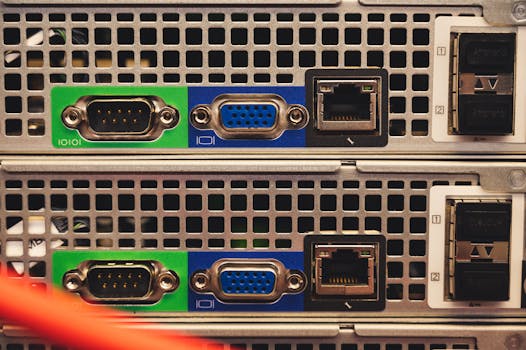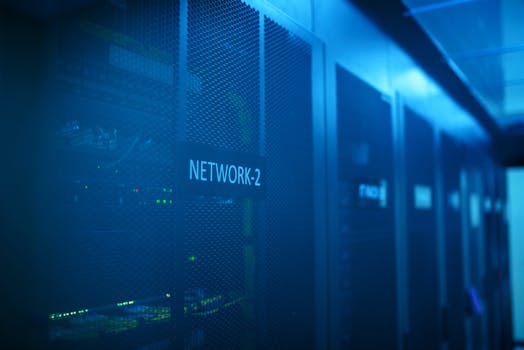
Empowering Connectivity: Exploring Robust Systems in Data Communication
Empowering Connectivity: Exploring Robust Systems in Data Communication is crucial in today’s digital age. The world is more interconnected than ever, and the demand for fast, reliable, and secure data communication is on the rise. Robust systems play a vital role in meeting this demand, enabling seamless communication and data exchange between individuals, organizations, and devices. In this article, we will delve into the world of data communication, exploring the latest advancements and innovations in robust systems that empower connectivity.
Introduction to Data Communication

Data communication refers to the process of transmitting and receiving data between devices, networks, or systems. It involves the use of various technologies, protocols, and infrastructure to enable the exchange of information. The goal of data communication is to provide fast, reliable, and secure transmission of data, ensuring that information is delivered accurately and efficiently. With the increasing reliance on digital technologies, data communication has become a critical aspect of modern life, underpinning various industries, including finance, healthcare, education, and entertainment.
Robust Systems in Data Communication

Robust systems are designed to withstand failures, errors, and external stresses, ensuring continuous operation and minimal downtime. In the context of data communication, robust systems are essential for maintaining the integrity and reliability of data transmission. These systems employ various techniques, such as redundancy, diversification, and error correction, to mitigate the risk of data loss or corruption. By using robust systems, organizations can ensure that their data communication networks are resilient, scalable, and adaptable to changing demands and conditions.
Some of the key features of robust systems in data communication include high availability, fault tolerance, and load balancing. High availability ensures that systems are always accessible and operational, while fault tolerance enables them to recover quickly from failures or errors. Load balancing, on the other hand, distributes traffic efficiently across multiple servers or networks, preventing overload and ensuring optimal performance.
Advancements and Innovations in Robust Systems

The field of data communication is constantly evolving, with new technologies and innovations emerging regularly. Some of the recent advancements in robust systems include the development of software-defined networking (SDN), network functions virtualization (NFV), and edge computing. SDN and NFV enable greater flexibility and programmability in network architecture, allowing for more efficient traffic management and resource allocation. Edge computing, on the other hand, involves processing data closer to the source, reducing latency and improving real-time processing capabilities.
Another significant development in robust systems is the adoption of artificial intelligence (AI) and machine learning (ML) techniques. AI and ML can be used to predict and prevent network failures, detect security threats, and optimize network performance. By leveraging these technologies, organizations can create more intelligent and adaptive robust systems that can respond to changing conditions and demands.
Conclusion

In conclusion, empowering connectivity through robust systems in data communication is essential for modern organizations and societies. By understanding the importance of robust systems and staying up-to-date with the latest advancements and innovations, individuals and organizations can ensure fast, reliable, and secure data communication. Whether it’s through the use of SDN, NFV, edge computing, or AI and ML, the possibilities for creating more resilient, scalable, and adaptable data communication networks are endless. As the demand for data communication continues to grow, the development of robust systems will play a vital role in shaping the future of connectivity.



